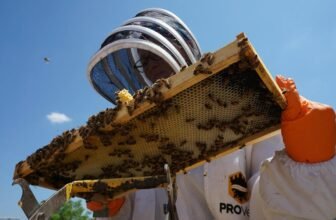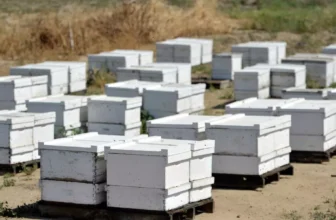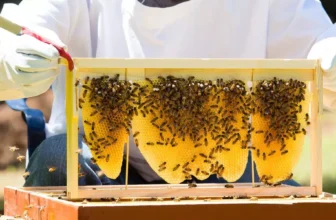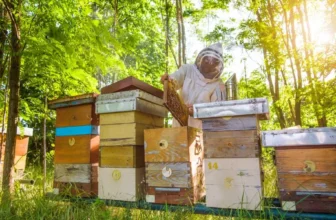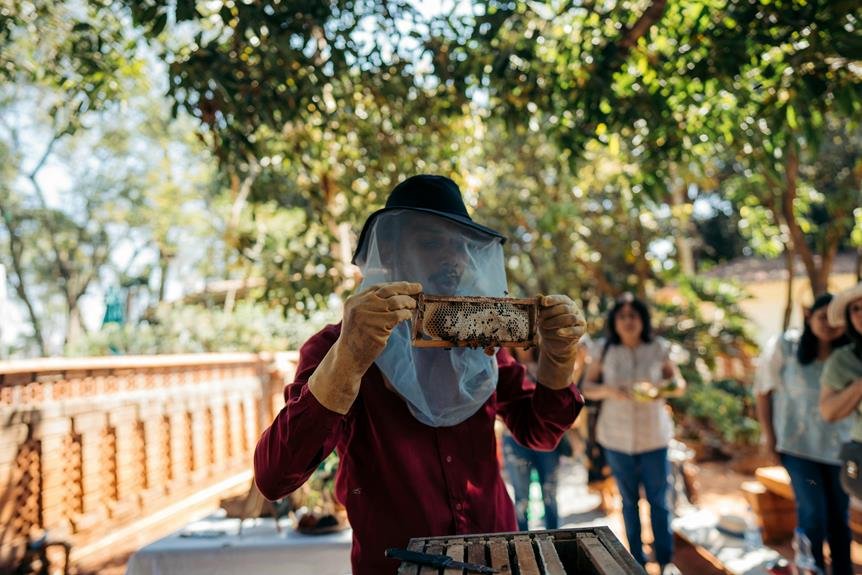
When it comes to honey bees, did you know that each type has unique characteristics essential for the hive's functioning? From the industrious worker bees to the majestic queen and the purposeful drones, understanding the roles and traits of these different bees sheds light on the intricate workings of a hive. Let's unveil the fascinating world of honey bees and explore how each type contributes to the hive's survival and success.
Overview of Honey Bee Types
Exploring the diverse world of honey bee types reveals fascinating variations in appearance and behavior. Among the different types, the queen bee stands out as the leader of the hive. Recognizable by her elongated body and regal demeanor, the queen's primary role is to lay eggs and ensure the colony's survival.
Drones, on the other hand, are male bees with stout bodies and large eyes, whose sole purpose is to mate with the queen. Their lives are short-lived but crucial for genetic diversity within the hive.
Another important type is the worker bee, the backbone of the hive. Worker bees are female and undertake various tasks essential for the hive's functioning. They gather nectar, produce honey, care for the young, defend the hive, and more. Their diligent work ethic keeps the colony thriving. Each worker bee progresses through different roles as they age, starting with cleaning tasks and eventually foraging for food outside the hive.
Understanding these various honey bee types sheds light on the intricate social structure and division of labor within a hive.
Worker Bees: The Backbone of the Hive
As you observe the bustling hive, the worker bees emerge as the industrious force driving the colony's daily operations. These female bees, who make up the majority of the hive population, take on a variety of crucial tasks to ensure the hive's survival.
Worker bees are responsible for tasks such as caring for the brood, maintaining the hive, foraging for food, and producing honey. They work tirelessly, communicating through complex dances and pheromones to coordinate their efforts effectively.
From the moment they emerge as adult bees, worker bees dedicate their lives to the hive, working selflessly for the greater good of the colony. They exhibit remarkable teamwork and dedication, with each bee understanding their role and contributing towards the common goal.
Without the unwavering dedication and hard work of these worker bees, the hive wouldn't be able to function efficiently. They truly are the backbone of the hive, ensuring its prosperity and survival through their tireless efforts.
The Majestic Queen Bee
The focal point of a honey bee colony is the majestic queen bee, the sole reproductive female responsible for the hive's continuity and harmony. Within the hive, the queen bee holds a position of utmost importance, as she's the one laying eggs to ensure the colony's survival. Unlike the worker bees, the queen bee is larger in size and possesses a more elongated abdomen. Her primary role is to mate with drones and lay fertilized eggs, which develop into worker bees or new queen bees.
In her prime, the queen bee can lay up to 2,000 eggs per day, showcasing her incredible fertility. The queen bee emits pheromones that help maintain order and unity within the hive, ensuring the coordination of tasks among the worker bees. If the queen bee were to become weak or perish, the worker bees would promptly work to raise a new queen by selecting young larvae and feeding them royal jelly to nurture their development into a potential successor.
Drone Bees: The Male Honey Bees
Drone bees, as the male honey bees, play a vital role in the colony's ecosystem and function. Their primary purpose is to mate with a queen to ensure the continuation of the hive. Drones are larger than worker bees and have bigger eyes to help them spot queens during mating flights. Unlike female bees, drones don't have stingers, pollen baskets, or wax glands as their sole focus is on reproduction.
Drones are raised in the colony during the spring and summer months when the demand for mating is high. Their life cycle is short, typically only living for a few weeks. Once a drone has successfully mated with a queen, it will die shortly after mating. Drones are expelled from the hive during the winter months when resources are scarce, as they're considered non-essential to the survival of the colony during that time. Despite their brief lifespan, drone bees are crucial to the overall health and sustainability of the honey bee colony.

